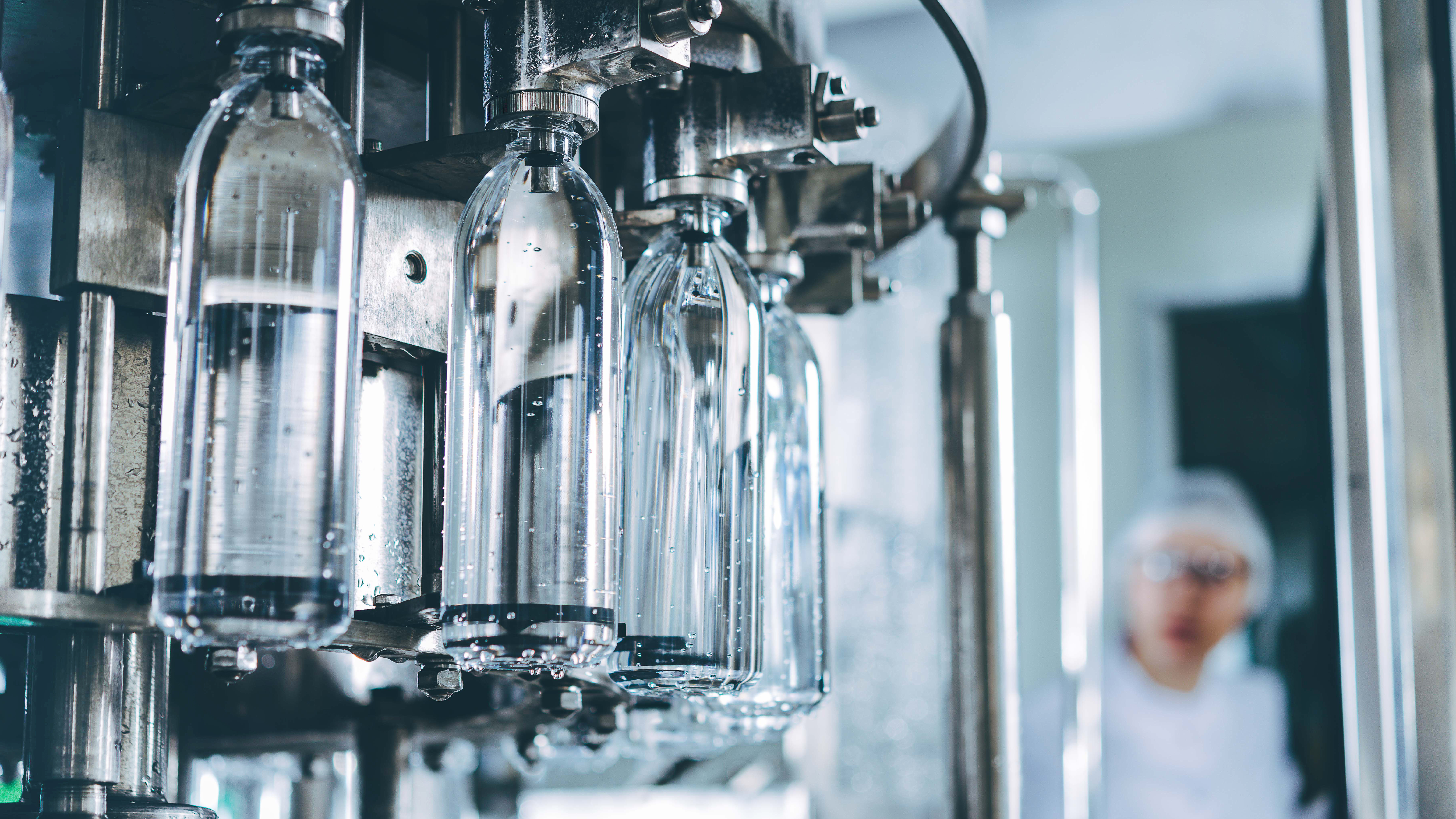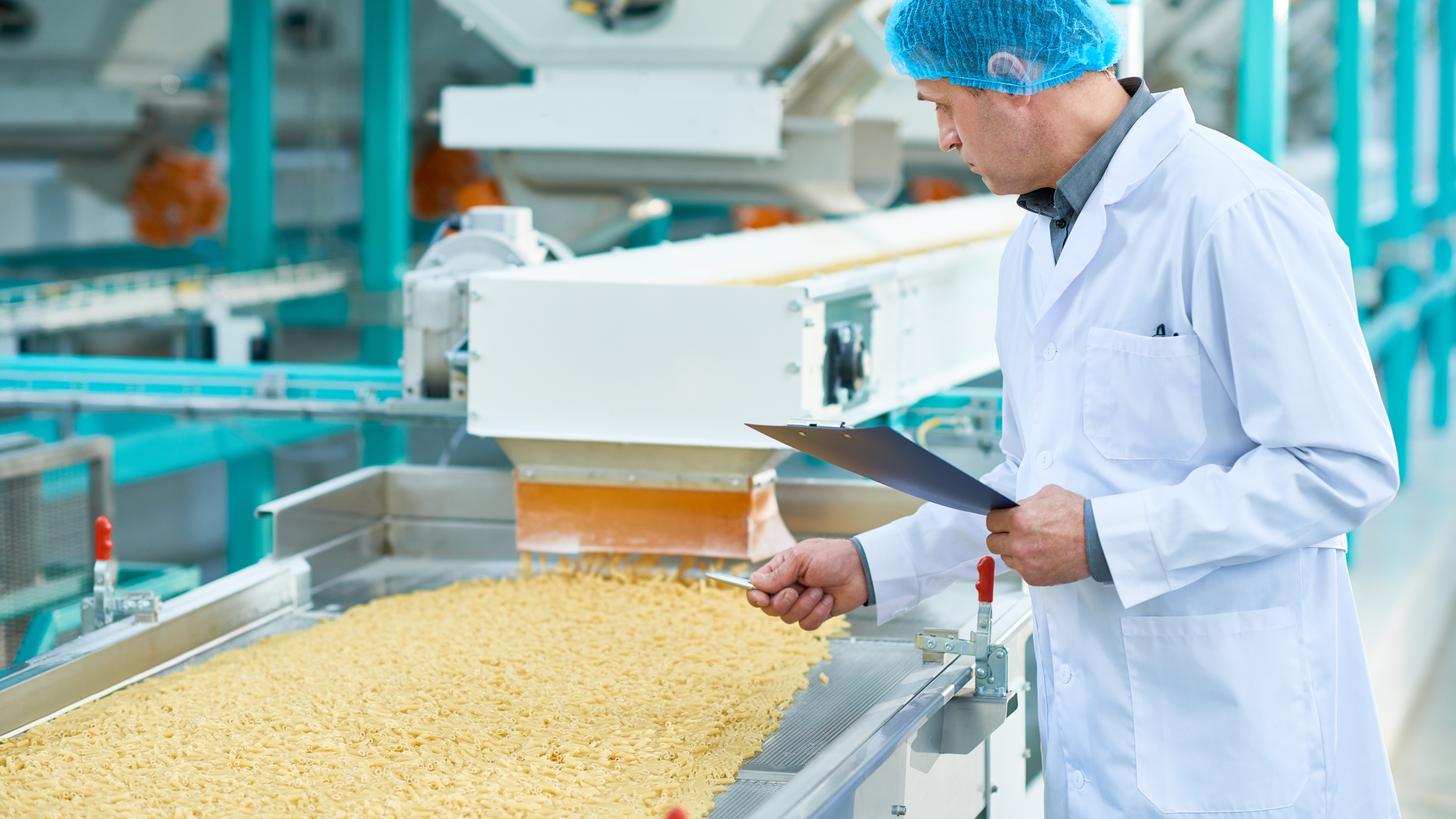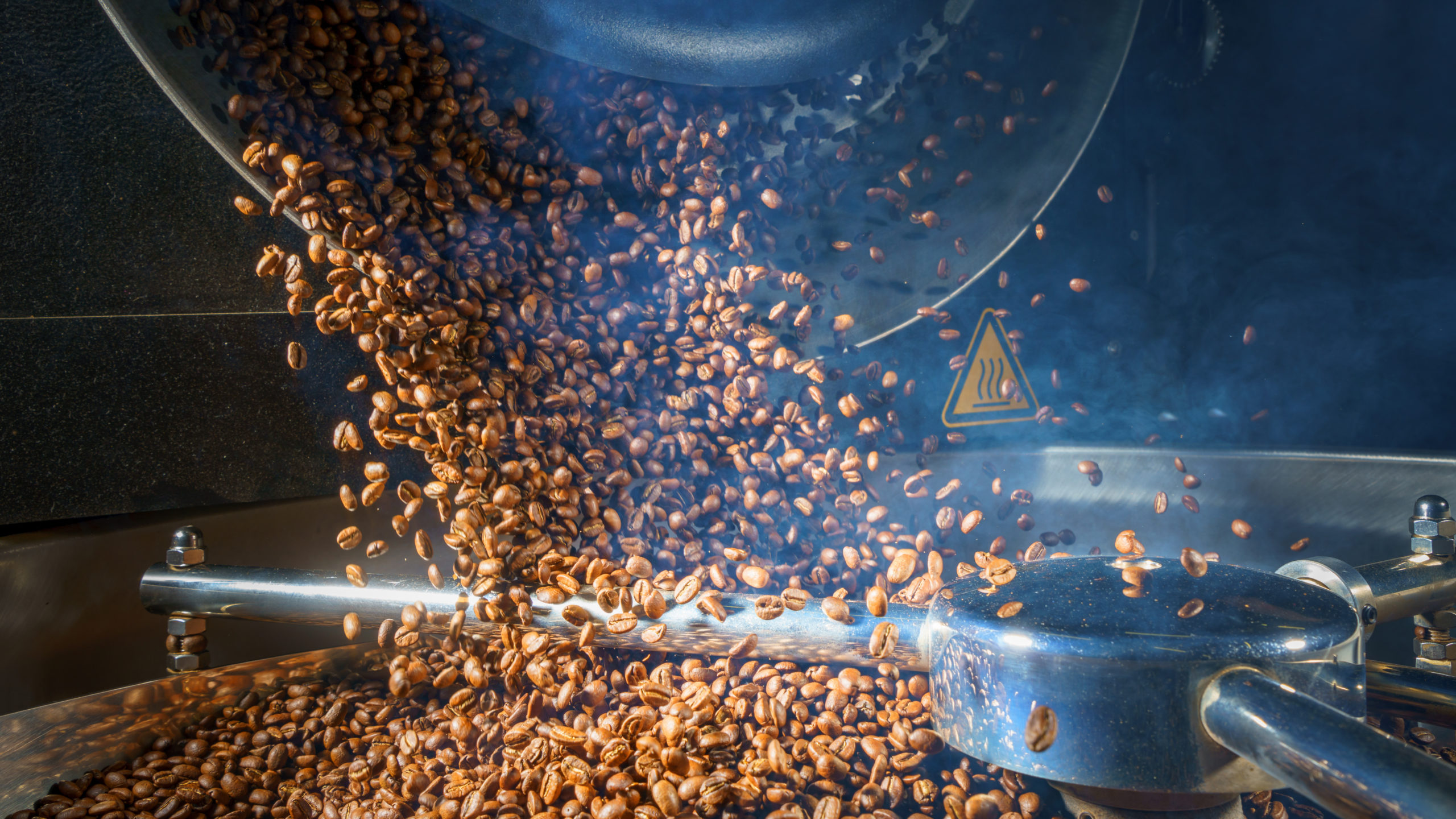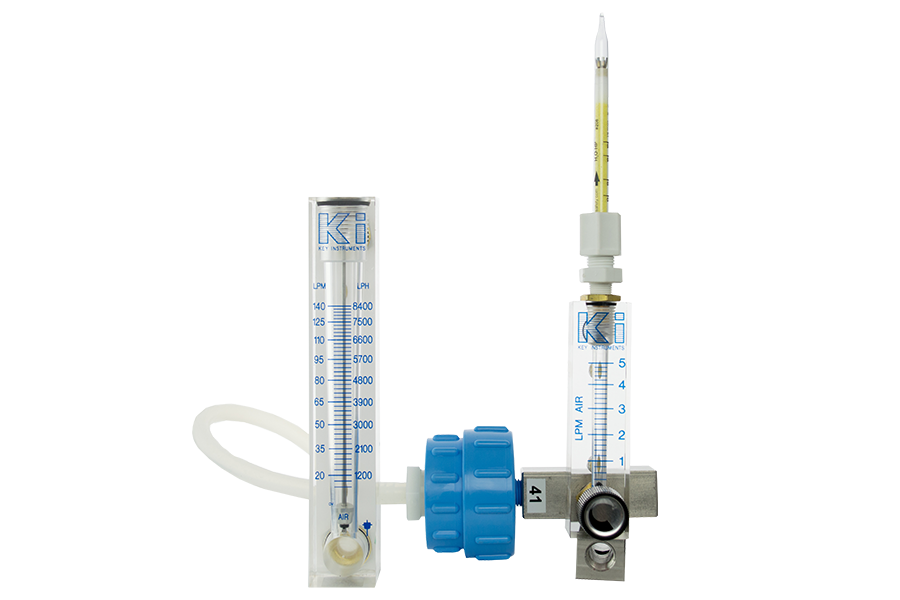Food Grade
Compressed Air Testing
Food grade air or clean process air in the food industry is integral to Quality Assurance and Quality Control and it should always be considered a Critical Control Point (CCP) if used in your food manufacturing process. The experts at Trace Analytics can help you set up Food Grade Air testing for your facility.
Food Grade Air Testing For Manufacturing Facilities
Many industry standards and schemes regarding Quality Control in food and beverage refer to the Hazard Analysis & Critical Control Points (HACCP) plan as an integral part of their directives. The U.S. Food and Drug Administration (FDA) is just one of many groups that recognize HACCP as a valuable Quality Control plan. In that vein, four major governing organizations have specifically identified compressed food grade air as a Pre-Requisite Program (PRP) or Critical Control Point (CCP), that needs monitoring. They are International Standardization for Organization (ISO), the British Compressed Air Society (BCAS), the British Retail Consortium (BRC), and the Safe Quality Food Institute (SQF). In addition the Canadian Food Safety Enhancement Program (FSEP) has identified compressed air and gas used in processing and packaging as a potential source of contamination. Contamination in process air like particles, water, oil or microbial contaminants can have devastating results on a final product, potentially leading to recalls, down manufacturing time or worse.
Assuring food safety and quality is essential for the viability of any food manufacturer. The Global Food Safety Initiative (GFSI) was established to improve consumer trust by improving food safety through corporate responsibility and safer food supply chains.

Food Grade Air in Manufacturing Compressed Air & Gas Standards
| BCAS FOOD AND BEVERAGE GRADE COMPRESSED AIR BEST PRACTICE GUIDELINE 102 |
||||||
|---|---|---|---|---|---|---|
| ISO 8573-1:2010 PURITY CLASS |
PARTICLES (P) | WATER | OIL | |||
| By Particle Size (maximum number of particles per m3) |
Vapor Pressure Dewpoint | Aerosol & Vapor | ||||
| 0.1 µm < d ≤ 0.5 µm | 0.5 µm < d ≤ 1.0 µm | 1.0 µm < d ≤ 5.0 µm | °C | °F | mg/m3 | |
| Direct or Indirect Contact 1:2:1 |
≤ 20,000 | 400 | 10 | ≤ -40 | ≤ -40 | ≤ 0.01 |
| Microbial Contaminants | Hazard analysis shall establish the risk of contamination by microbiological contaminants from compressed air. The level of control identified as being required over microbiological contaminants in the compressed air shall be detected using the test method specified in ISO 8573-7. | |||||
| Footnotes | (P) Particle classes 1-5 may not be employed if particles >5 micron are present according to ISO 8573-1. | |||||
| Air & Gas Specifications referenced above may be viewed and/or purchased from: BCAS - British Compressed Air Society |
||||||
Food Grade Compressed Air Testing Guidelines and Standards
The British Compressed Air Society (BCAS) Food and Beverage Grade Compressed Air Best Practice Guideline 102 is an excellent reference for the food manufacturer and its suppliers. The BCAS Best Practice Guideline identifies the four primary areas of potential contamination in compressed air – Particles, Water, Oil, and Microbiological Contaminants. Section 7 of the Guideline states that compressed air coming in Direct or Indirect Contact with food shall meet ISO 8573-1:2010 Purity Class 1:2:1. See Table below for limits.
According to the Guideline, compressed air quality shall be tested and verified at least twice per year or per the manufacturer’s recommendations. Additional testing is also warranted whenever maintenance work or any activity that may affect the air quality is performed on the compressed air system. (Section 8.2) The Guideline recognizes the importance of compressed air quality and states that compressed air should now be part of the Pre-Requisite Program (PRP) in addition to the Hazard Analysis & Critical Control Points (HACCP) plan. (Section 4) Whenever maintenance is performed a representative selection of the air outlets shall be tested to confirm that the compressed air meets the relevant Purity Classes. (Annex D.4) The risk for microbiological contaminants shall be assessed per ISO 8573-7. It further states that microbiological testing of end products should not be relied upon for compressed air compliance. (Section 7.4) All measurements shall be recorded and documented. (Section 8.7)
- The International Featured Standards on Food (IFS) states, the quality of compressed air that comes in direct contact with food or primary packaging material shall be monitored based on hazard analysis and assessment of associated risks. (Section 4.9.10.1) And compressed air shall not pose a risk of contamination. (Section 4.9.10.2)
- The Global Aquaculture Alliance states in its Best Aquaculture Practice (BAP), all critical control points must be properly identified in order to control hazards. (Section 5.2.4) And monitoring must be adequate to control hazards and carried out as detailed in the HACCP plan. (Section 5.2.11)
- The Global Red Meat Standard (GRMS) states, hazards relevant to food safety shall be controlled in critical control points (CCP) and/or by GMP measures. (Section 12.1.2) And relevant parameters shall be selected for monitoring every CCP and these must be capable of demonstrating the conformity of the control measure. (Section 12.4.3)
- PrimusGFS states that verification plans and schedules shall be developed for each CCP. (Section 3.03)
A periodic food grade compressed air test program can provide critical information about your air quality and help prevent contamination of the food supply. Due to the critical nature of compressed air used in the food manufacturing process, qualified personnel should be employed to properly maintain, service, and test the compressed air system.
We offer baseline testing when you are unsure what Purity Classes your air system can meet, we can also provide analysis for any given Purity Classes you select, or you can provide your own custom specifications. Trace’s AirCheck✓ Kit™ K810 can be used to sample for particles, water, and oil (aerosol and vapor); Model KPSII is available for microbial sampling.
K810 AirCheck Kit for Food Grade Air Testing
The AirCheck✓ Kit™ K810 is designed for use with manufacturing specifications such as ISO 8573, and other custom specifications testing for particles, water, and total oil. This kit is typically used by food manufacturers, pharmaceutical manufacturers, medical device facilities, and nuclear plants who use low pressure air in their processes and systems. Test from the compressor or point of use. Watch our online sampling video for kit instructions.
Meet Your Food Grade Air Requirements

Safe Quality Foods (SQF)
SQF Edition 9 states that compressed air and gases shall present no risk to food safety. This edition states that food grade air should be monitored on a risk based schedule, or at a minimum annually. SQF defines a monitoring program as one that includes particles, water, total oil, and microorganisms and verifies the effectiveness of maintenance and filtration.

British Retail Consortium (BRC)
The BRC states that compressed air, other gases, and steam used directly in contact with, or indirectly as an ingredient in products shall be monitored to ensure this does not represent a contamination risk.
Compressed air used directly in contact with the product shall be filtered. BRC contributes to the BCAS standard as detailed above.

ISO 8573-1: 2010
ISO 8573 is an international standard that outlines compressed air purity classes for manufacturers to utilize when creating monitoring programs. Trace can provide analyses for any Purity Classes you select or work with your custom specifications. The AirCheck✓ Kit™ K810 can be used to sample for particles, water, and oil; Model KPSII is available for microbial sampling.
Other Testing Services for Manufacturers

Testing Made SimpleAccurateEasy
Trace Analytics’ laboratory is accredited by the American Association for Laboratory Accreditation. We use state-of-the-art lab equipment that allows us to analyze hundreds of compressed air and environmental samples daily. The result is consistency, accuracy, precision, and rapid turnaround. Trace is an A2LA accredited laboratory complying with ISO 17025, certificate #0322-01.


